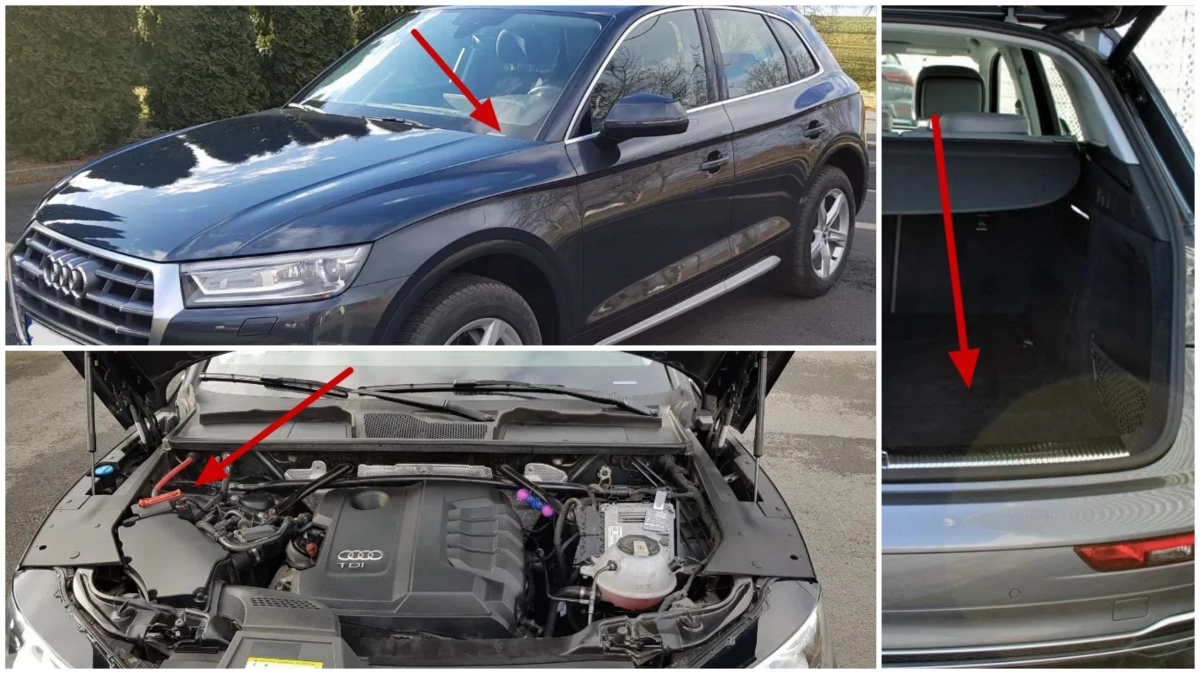Changing the engine oil in your vehicle is a fundamental aspect of vehicle maintenance that ensures the longevity and smooth operation of your engine. Engine oil lubricates the moving parts within the engine, reducing friction and preventing overheating. Over time, oil breaks down and accumulates contaminants, making it less effective. Regularly changing your engine oil helps to maintain optimal engine performance and avoid costly repairs. This guide will walk you through everything you need to know about engine oil changes, from understanding its importance to performing the task yourself.
What is Engine Oil and Why is it Important?
Engine oil is a lubricant designed to reduce friction between the moving parts of your engine. It acts as a barrier to prevent wear and tear, helps in cooling the engine by carrying heat away, and keeps the engine clean by trapping dirt and debris. Oil plays a crucial role in ensuring that your engine operates smoothly and efficiently.
Without sufficient lubrication, the engine parts can grind against each other, leading to increased wear, overheating, and potentially severe damage. Fresh engine oil helps to maintain proper engine performance and fuel efficiency, prolongs the engine’s lifespan, and ensures that the engine runs quietly and smoothly.
Signs That Your Engine Oil Needs to be Changed
Knowing when to change your engine oil is vital to maintaining your vehicle’s health. Common signs that your oil needs changing include:
- Dark, Dirty Oil: Engine oil typically starts as a clear, amber color but turns dark and gritty over time. Check the oil color with the dipstick; if it’s dark and thick, it’s time for a change.
- Engine Noise: If you notice increased engine noise or knocking sounds, it could indicate that the oil is not lubricating the engine properly.
- Oil Warning Light: Most vehicles have an oil warning light on the dashboard. If this light comes on, it usually means the oil level is low or the oil quality is compromised.
You can also check the oil level by using the dipstick. If it’s below the recommended level or if the oil appears dirty, it’s time for an oil change.
How Often Should You Change Your Engine Oil?
The frequency of oil changes depends on various factors including the type of oil used, your driving habits, and the manufacturer’s recommendations. Generally, it’s recommended to change the oil every 3,000 to 7,500 miles.
- Manufacturer’s Recommendations: Always refer to your vehicle’s owner’s manual for the manufacturer’s specific oil change interval. Some modern vehicles can go up to 10,000 miles between oil changes, especially when using synthetic oil.
- Driving Conditions: If you frequently drive in harsh conditions, such as extreme temperatures, stop-and-go traffic, or on rough roads, you may need to change the oil more frequently.
- Oil Type: Synthetic oils usually last longer than conventional oils and might extend the interval between changes.
Regularly monitoring your oil and adhering to these guidelines will help ensure your engine remains in good condition.
Choosing the Right Engine Oil for Your Vehicle
Selecting the right engine oil change is crucial for optimal engine performance. There are several types of engine oil available:
- Synthetic Oil: Offers superior protection, performance, and longevity compared to conventional oils. It’s ideal for high-performance engines and extreme driving conditions.
- Conventional Oil: Typically less expensive and suitable for older vehicles or those with less demanding driving conditions.
- High-Mileage Oil: Formulated for vehicles with over 75,000 miles. It helps to reduce oil consumption and prevent leaks.
To choose the right oil, refer to your vehicle’s owner’s manual for the recommended oil viscosity and type. Always use oil that meets the specifications provided by the manufacturer to ensure optimal engine protection and performance.
Step-by-Step Guide to Changing Your Engine Oil
Changing your engine oil is a straightforward process if you have the right tools and follow these steps:
- Gather Tools and Materials: You’ll need an oil filter wrench, a socket wrench, a new oil filter, new oil, an oil drain pan, and a funnel.
- Warm Up the Engine: Run the engine for a few minutes to warm up the oil. Warm oil drains out more easily and helps remove contaminants.
- Lift the Vehicle: Use a jack to lift the vehicle and secure it with jack stands. Make sure the vehicle is on a flat surface and the engine is turned off.
- Drain the Old Oil: Locate the oil drain plug underneath the engine, place the drain pan underneath it, and remove the plug to let the oil drain out completely.
- Replace the Oil Filter: Use the oil filter wrench to remove the old filter. Apply a small amount of new oil to the gasket of the new filter before installing it.
- Add New Oil: Replace the drain plug and pour new oil into the engine using the funnel. Check the oil level with the dipstick and add more oil if needed.
- Check for Leaks: Start the engine and let it run for a few minutes. Check for any leaks around the oil filter and drain plug.
Professional vs. DIY Oil Change: Pros and Cons
Deciding whether to change your oil yourself or have a professional do it depends on your preferences and circumstances:
- Professional Oil Change:
- Pros: Ensures proper disposal of old oil, often includes a multi-point inspection, and saves you time and effort.
- Cons: Can be more expensive than doing it yourself and might involve waiting at a service center.
- DIY Oil Change:
- Pros: Saves money on labor costs, allows you to learn about your vehicle, and provides a sense of accomplishment.
- Cons: Requires time, effort, and the right tools. You must also properly dispose of the old oil yourself.
Both options have their benefits, so choose the one that best fits your needs and comfort level.
What to Do After an Oil Change
After changing your oil, perform a few checks to ensure everything is in order:
- Check for Leaks: Inspect the area around the oil filter and drain plug for any signs of leaks. Tighten if necessary.
- Reset Oil Change Reminders: Many modern vehicles have oil change reminder systems. Refer to your vehicle’s manual to reset the reminder light or notification.
- Dispose of Old Oil Properly: Take the old oil and filter to a recycling center or an auto parts store that offers oil recycling services.
Taking these steps ensures that your vehicle remains in top condition and that you comply with environmental regulations.
Common Mistakes to Avoid When Changing Engine Oil
Avoid these common mistakes to ensure a successful oil change:
- Overfilling the Oil: Adding too much oil can cause engine damage. Always check the dipstick to ensure the oil level is within the recommended range.
- Not Tightening the Drain Plug: Ensure the drain plug is properly tightened to avoid leaks. However, don’t overtighten as this can damage the threads.
- Using the Wrong Oil: Always use oil that meets your vehicle’s specifications. Using the wrong type can affect engine performance and longevity.
By being aware of these potential pitfalls, you can avoid costly mistakes and keep your vehicle running smoothly.
Conclusion
Regular engine oil changes are crucial for maintaining your vehicle’s health and performance. Understanding the importance of engine oil, recognizing the signs that indicate a change is needed, and knowing how to perform the task yourself or choose a professional service are key to effective vehicle maintenance. By following the guidelines in this guide, you can ensure that your engine runs smoothly and efficiently for years to come. Regular oil changes not only enhance engine performance but also contribute to overall vehicle reliability and safety.











